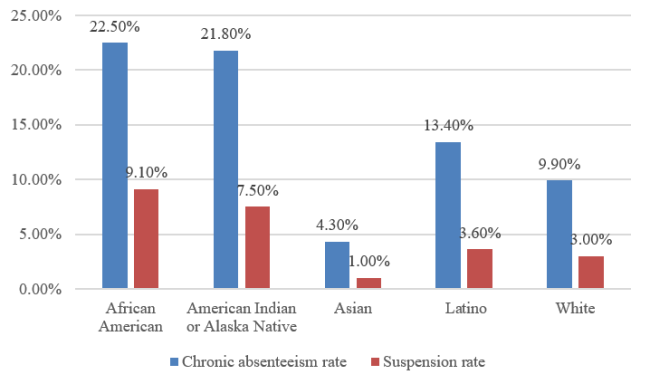Court-Involved Responses to Truancy and School Discipline
Data Sources on Truancy and School Discipline in California
Educational Issues Among Youth in the Child Welfare and Juvenile Justice Systems
Research on Truancy and Chronic Absenteeism
School Discipline Research and Training
- Fix School Discipline
- Breaking Schools' Rules: A Statewide Study of How School Discipline Relates to Students' Success and Juvenile Justice Involvement
- National Center on Safe and Supportive Learning Environments
- Truancy and School Discipline: An Overview of the Literature and Statistics
- UCLA Civil Rights Project – school discipline research
Trauma-Informed Practice
Youth Courts and Restorative Justice
"In Teen Courts, A Second Chance"
California’s 75 teen courts let youth face a jury of their peers – and steer cases away from the juvenile justice system.
